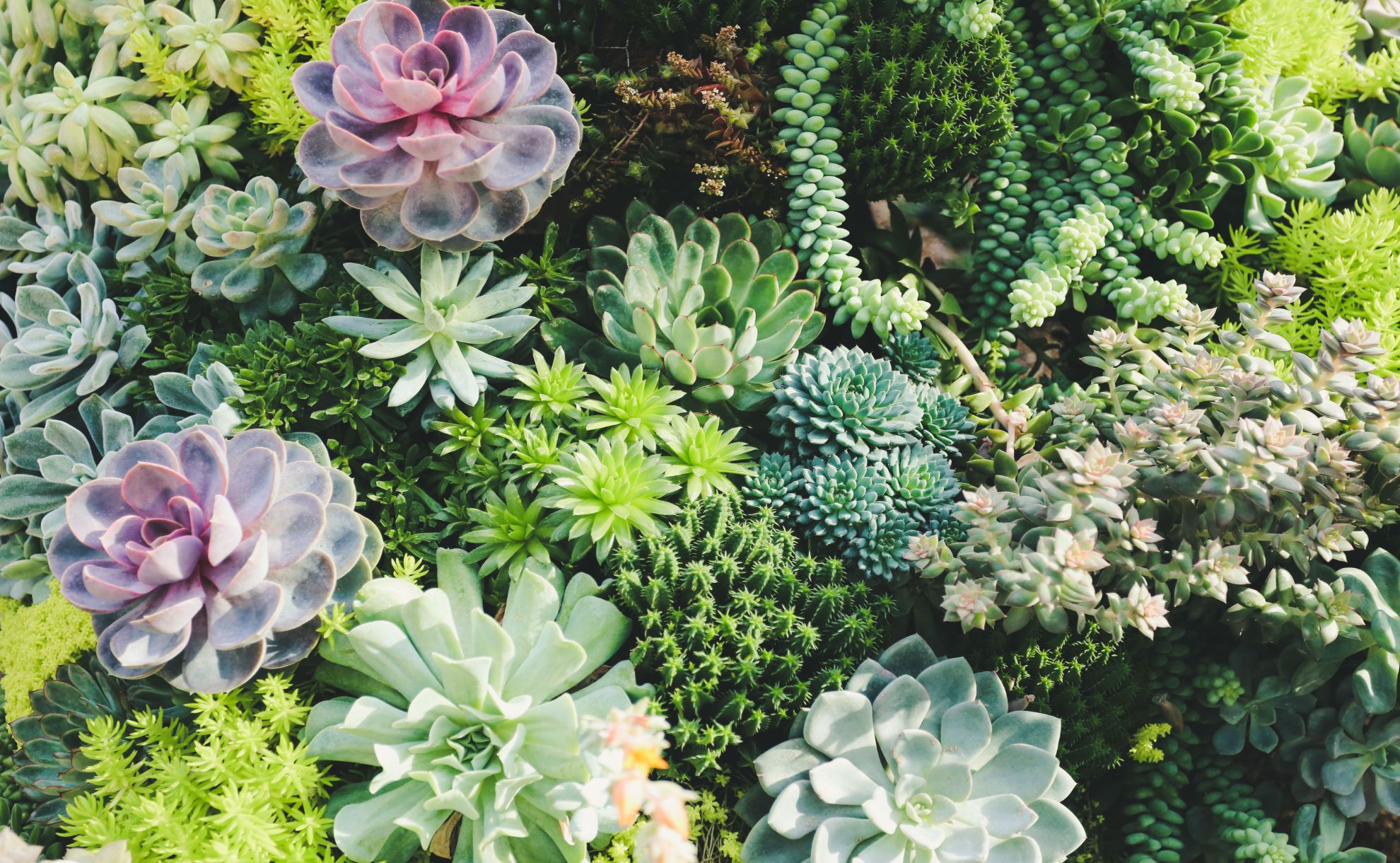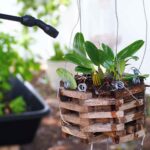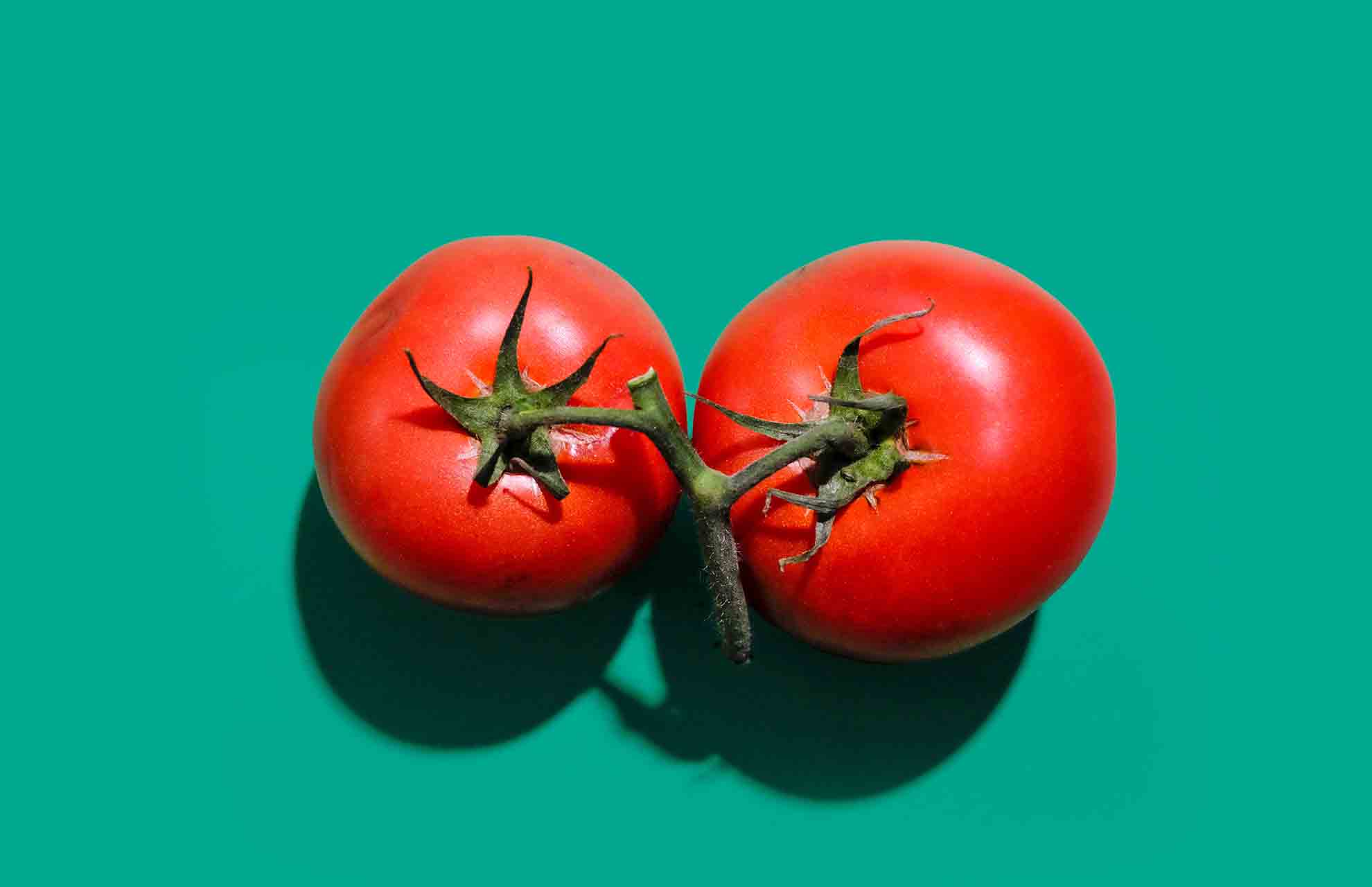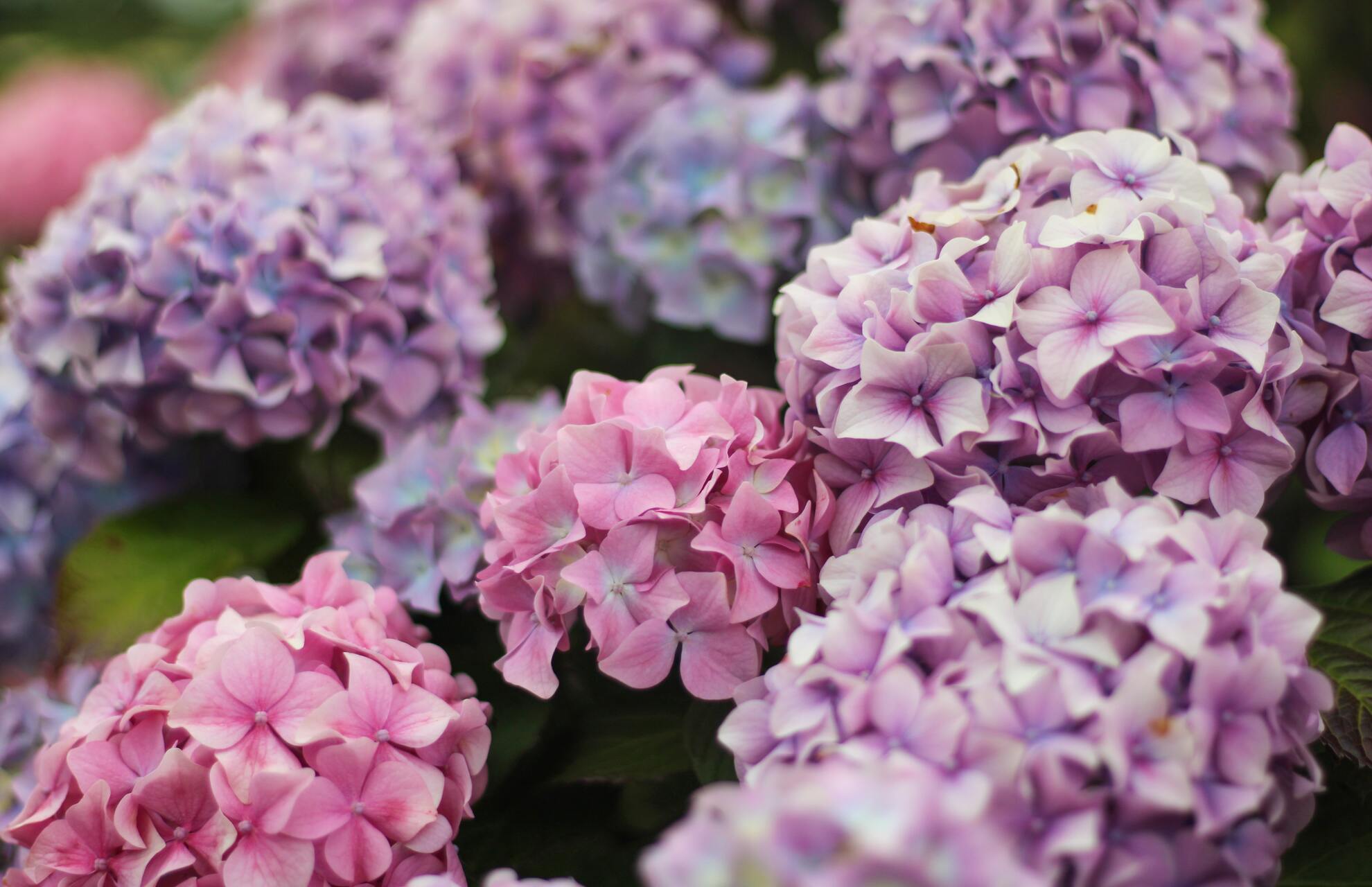We go over everything you should know about the lighting needs of succulents and how to make sure your cherished plant receives enough sunlight to thrive.
Succulents have gained popularity as accents for cocktail tables, desks, and windowsills due to their ethereal beauty, bold forms, and eye-catching colors. Succulent plants’ low maintenance requirements, however, contribute to a portion of the satisfaction of growing them.
Although succulents are hardy plants that can withstand conditions that other plants cannot, they have one peculiar requirement: they must have the ideal ratio of shade to sunlight to flourish. Therefore, you can’t just bring succulent plants into your home without learning how to care for them, whether you were given a pebble plant or purchased a gorgeous snake plant from the store.
- Do Succulents Need a Lot of Sun?
- How Many Hours of Sunlight Do Succulents Need?
- Can Succulents Live Inside Without Sunlight?
- Do Succulents Need Direct Sunlight Or Full Sun?
- Is My Succulent Getting Too Much Sun?
- Is My Succulent Getting Enough Sun?
- What Happens If Succulents Don’t Get Sun?
- Increasing Lighting for Succulents
- How Much Sun Do Succulents Need Outdoors?
- Conclusion: Give Your Succulents Sun
Do Succulents Need a Lot of Sun?
The short answer is yes, they do require a lot of suns. Since taller trees rarely provide shade, many species have evolved to live in arid environments.
In fact, due to their lighting requirements, many succulent species can be difficult to maintain indoors. Many succulents end up stretched and struggling to survive because our windows don’t provide nearly as much light intensity as a plant would get outside. Some genera, like Echeveria, appear destined to grow indoors even on the brightest windowsill.
To be clear, not all succulents are cacti, but all cacti are succulents. The majority of succulents, like other succulents, are absolute sun worshipers, though there are a few exceptions.
How Many Hours of Sunlight Do Succulents Need?
In general, succulents need at least 4-6 hours of sunlight a day to keep them happy. They enjoy being in areas with lots of sunlight. Lack of sunlight will cause succulents to develop issues like elongation or etiolation, where the plants stretch to find more light.
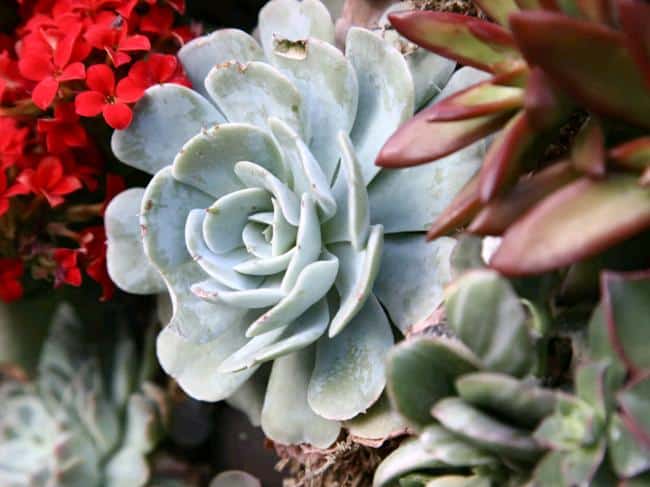
Weak stems and inadequate growth are produced by this process. Lack of light causes succulents to lose their vibrant pigmentation and turn a dull green color or become pale. Plants that receive enough sunlight will display their full spectrum of vibrant colors, showcasing their true beauty.
Can Succulents Live Inside Without Sunlight?
The majority of varieties of succulents require at least 4-6 hours of daily indirect sunlight to thrive, and they love being in the sun. Succulents may need to be kept in the dark in a few different circumstances, though. It might be for mailing succulents, decorating a home or office for a special occasion, keeping wedding favors safe from the elements, etc.
But assuming these exceptions don’t apply to you, can you still grow them indoors if you don’t have a spot that gets plenty of sunlight? Or, if you reside in a basement apartment with no windows whatsoever, can your succulents survive without light?
The simple answer is no; no succulent, like any other indoor plant, will endure over time in the complete absence of bright indirect light. Succulent plants can, in fact, live without direct sunlight for a short while, but how long depends on the species.
If left in a location with little to no light, the majority of succulents will survive without deteriorating for 10–14 days, though some shade-tolerant succulents may live longer. The following advice will prolong the life of your indoor succulents even in the absence of sunlight.
Do Succulents Need Direct Sunlight Or Full Sun?
Succulents thrive in full sun environments by nature, but they must be shielded from harsh light and extreme heat. The plants may suffer harm from an excessive amount of intense sunlight. When plants are left outside in the direct sun without protection, sunburn damage can cause permanent scarring or, worse yet, plants can literally fry to death.
It is preferable to gradually condition to the more intense sunlight prior to full sun exposure to avoid sunburn or other sun damage. To achieve this, you must first provide it with some partial shade before gradually exposing it to more and more sun exposure until it has fully adapted to the heat and sun.
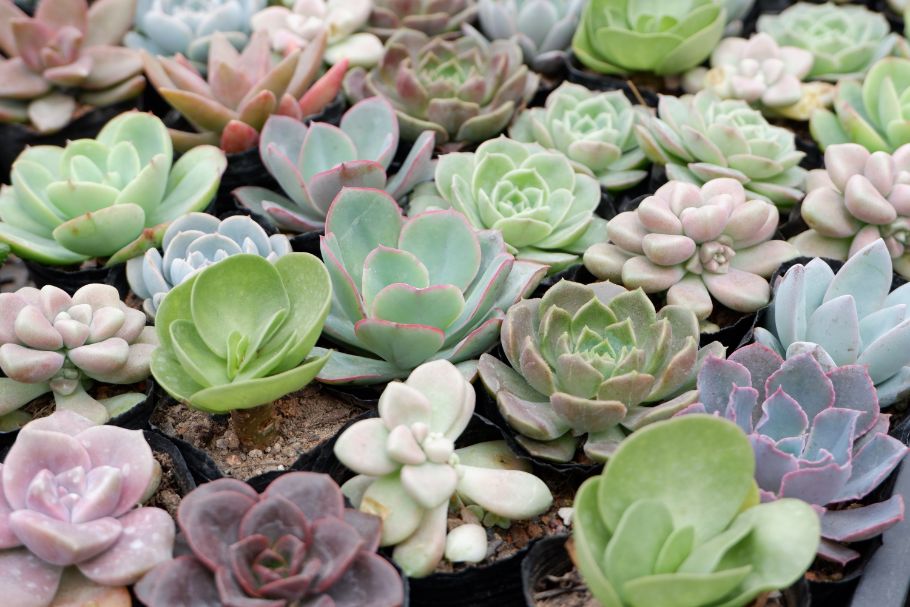
Start with the morning sun, which is less intense and more tolerant for most succulents, and work your way up to the afternoon sun, which is more intense. When exposing a plant to direct sunlight for the first time, you can also place it beneath a shade structure or a taller plant. To avoid shocking the plant and harming its foliage, gradually increase sun exposure.
Sun damage is more likely to affect species that prefer shade, tiny plants, or plants that have just been propagated. Direct sunlight is better for plants that are red, gray, blue or have a lot of spines.
When first transplanted outdoors, sun-hardy species that have been used to growing indoors are also prone to sunburn or sun damage, so it is best to move them gradually to acclimate them to the harsher heat.
Plants that are young or that have recently been propagated won’t thrive in the sun. Prior to leaving them unprotected, you must wait for them to develop into more mature plants.
At various times of the day, different areas of your outdoor space are exposed to the sun’s rays. To determine which location will work best for your succulents, some trial and error may be necessary. Some individuals may do better in the morning sun, while others may thrive in the sweltering afternoon heat, and still, others may do best in areas with some shade.
Is My Succulent Getting Too Much Sun?
You might notice that the leaves of your succulent have a muted color or even dark spots if it is receiving too much sun. Because they appear unevenly across the plant’s leaves and typically only on one side, burn marks can be easily distinguished from disease. Watch for these indicators and adjust as necessary.
Don’t forget that when plants are bought from big box stores or sometimes even nursery centers, they have frequently been moved from a greenhouse to a warehouse and haven’t had time to get used to the sun. In these circumstances, it is wise to gradually expose the plant to more sunlight.
The last thing you want to do is shock your succulent by giving it too much sun right away.
Is My Succulent Getting Enough Sun?
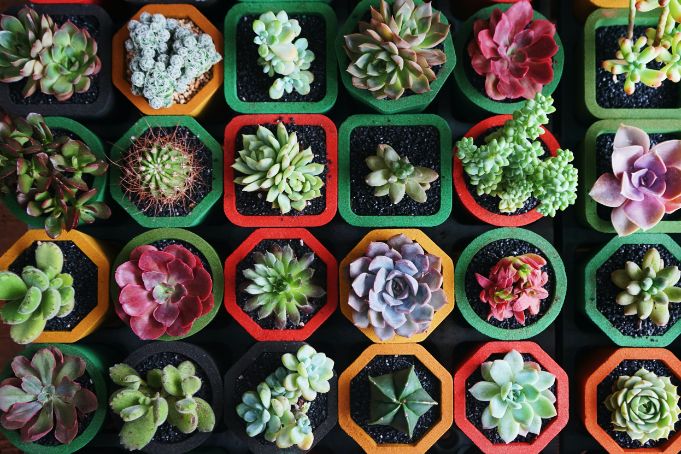
The color of your succulent will change if it isn’t getting enough sun, which is the easiest way to tell. Your succulent will tell you right away if it is not getting enough sun if you notice that it suddenly has a much lighter color in the center or on its tips. Your dark purple echeveria’s center will unexpectedly turn light purple in a few days. It should be moved to a location with more light.
Your succulent will appear to be growing extremely quickly, which is the second-best sign that it is not getting enough sun. It will grow taller, and you’ll notice more room between the leaves. This is referred to as “stretching”.
The plant is reaching out in a desperate attempt to find more sun because it is not receiving enough of it. As a result, the plant’s proportions change, and it becomes weaker.
Try to catch this as soon as possible because once your plant has stretched, that area of growth cannot return to its original shape. When choosing a good spot, keep in mind that the first sign is a change in color.
What Happens If Succulents Don’t Get Sun?
Succulents are resilient and make excellent indoor plants, but they still require bright indirect sunlight to thrive—but not too much or they risk burning. Succulents that don’t receive enough light undergo several noticeable changes in appearance, such as:
Elongated Stems and Sparse Leaves
Etiolation is one of the most blatant indications that your succulent hasn’t received enough direct sunlight. With more space between the leaves on the stem and thin growth at the top, succulents appear to be proportionately taller than their original compact form. As a result, you see a lot of thin stalks rather than a lovely bunch of leaves.

Flattening of Rosettes
Some succulents significantly grow tall, thin, and spindly in their search for more light, while others grow abnormally in other ways. The leaves will become flattened and lose their shape, appearing depressed and ill.
Fading of Color
Even if a plant’s leaves are just plain green, they should be glossy and vibrant to indicate that it receives enough light and water. However, sometimes succulents can appear faded and old, with dull leaves, and this is typically a sign that they could use more sun.
Arching of Lower Leaves
The lower leaves almost cause the plant to fall over when they begin to arch and point downward. The plant is beginning to etiolate again, which is caused by insufficient light.
The answer to the question “do succulents need sunlight?” is clear now that we understand what occurs to them when they don’t receive enough sunlight.’ is a clear yes! The fading colors, retaliation, and lower leaf arching of your plant should gradually return if you place it in a location where it gets enough light.
Increasing Lighting for Succulents
After using a light meter to examine your windows, there’s a good chance that you’re now racking your brains. You wouldn’t be the first person to notice how terrible our homes’ lighting is, either!
Fortunately, there are two steps you can take to prevent your succulents (and cacti, in particular) from dying a slow, spindly death.
Grow Your Succulents Outdoors During Summer
Since most species are actively growing at that time, they will be able to benefit the most from the warm temperatures and an abundance of light. If you reside in a cooler region, you can bring them inside once fall arrives, the weather cools off, and it stops raining so much. They can spend the winter indoors since they won’t grow much during the harsh weather.
Consider succulents as outdoor plants only if you live in a warmer climate. Simply put, they are happier there. There are many tropicals that prefer a shade that can be grown indoors.
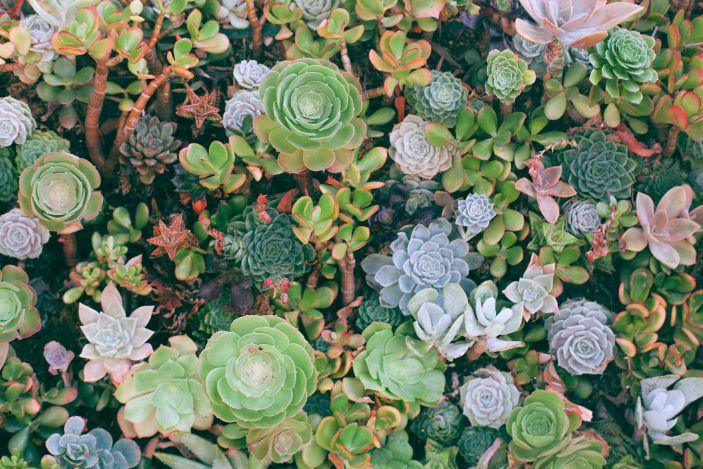
Supplement With Artificial Lighting
If your succulent(s) are already next to a decent window, you can use the less expensive goose-neck plant lights to give them an extra boost. If the environment is excessively dim, a larger LED lighting panel is ideal for supporting a few plants.
Of course, you can also combine this with summertime outdoor growing. Real sun in the summer and some LEDs to keep the vegetation alive in the winter.
How Much Sun Do Succulents Need Outdoors?
The environment changes a little if you’re growing succulents outside. You’ll probably need to protect your plants a little bit rather than try to cram them into the lightest spot possible. The majority of them don’t originate from a true desert, after all, and too much sun can still harm them. This is especially true if you neglect to properly acclimate.
The most light-sensitive succulents, like the ones mentioned in the next paragraph, should be kept away from the full sun outside. However, they frequently can’t withstand more than a few hours of sunlight. Some morning or evening rays are fine. In some cases, they thrive, but to protect themselves, they develop reddish stress coloring.
For the species in the mid-range (most succulents), it depends. Do you reside in a region where the sun really bears down, such as southeastern Spain or places like California, or Arizona? You might want to grow your succulents under some cover, like a taller (palm) tree. If I don’t keep mine on the cover on my balcony, I find that they simply dry out too quickly.
They don’t require much cover if you’re just growing them outside in the summer in a cooler climate, like in my native Netherlands.
The real desert succulents, like spiny cacti, really don’t tend to care as much. While it might become thirsty quickly, an Opuntia, for example, can survive in full sun with no protection at all. In areas that are scorching hot all summer, I also see wild Agaves.
Conclusion: Give Your Succulents Sun
Need sun for succulents? Of course, when you first bring your succulents home, keep in mind that they prefer a lot of light, and keep an eye on them to make sure they are content in the location you have chosen for them.
Adjustments should be made as necessary, but gradually, if you start to notice symptoms of either too much or not enough sun. Succulents are the best plants once you have found a good location for them because they provide so much beauty with such little maintenance.
Because there are so many varieties to pick from, taking care of succulents doesn’t have to be difficult or stressful. At first, it might not seem very simple, but with practice, it gets simpler. If you give your succulents the right amount of sunlight and avoid overwatering them, taking care of them can be simple and rewarding.

